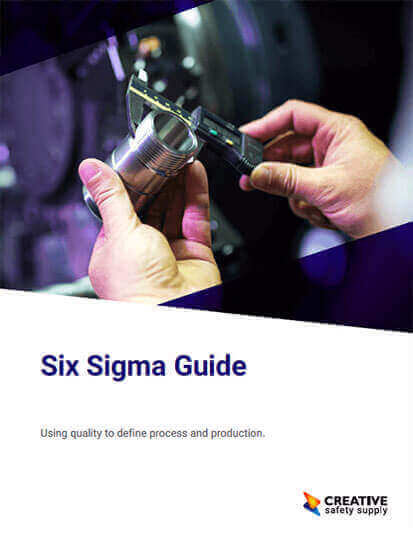
The coefficient of determination is a statistic that assesses how accurately a model explains and predicts future outcomes for a dependent variable. It indicates the percentage of how much the variable is explained by changes in independent variables. It is symbolized by r-squared (R2).
The coefficient of determination is often used in manufacturing to determine cause-and-effect relationships and predict costs. For example, by conducting a regression analysis, a manufacturer may find that 70% of the change in the total cost of electricity within their facility (the dependent variable in this case) was associated with the change in the monthly production machine hours (the independent variable). In this case, the coefficient of determination is 0.70, or 70%.
The closer that the value of the coefficient of determination is to 1, the better the relationship or fit between the dependent and independent factors. The coefficient of determination varies between 0 and 1:
- 0-0.10 indicates that there is very weak to no correlation and the model does not explain changes
- 0.10-0.70 indicates weak to medium correlation
- 0.70-1 indicates that there is a strong correlation between the dependent and independent variables
- A value of 1 indicates that all changes to the dependent variable can be determined by the independent variable
This correlation is known as the “goodness of fit.” Since a 1.0 is a perfect fit, the model is hence very reliable. All of the variations can be explained, as it indicates that the dependent variable is always predicted by the independent one. This can be used to conduct future forecasts.
A 0, however, indicates that the model fails and does not accurately represent data. You should not use this type of model to predict the future of costs or determine cause-and-effect patterns. In general, an r-squared value at or above 0.60 is considered to be worthwhile.
Using regression analysis and calculating the coefficient of determination can be beneficial to a wide variety of industries. The coefficient is useful in determining just how much a certain variable is influenced by others and in predicting the returns or costs of producing a specific product, powering a facility, or investing in equipment. An understanding of this statistic and the goodness of fit can be implemented in a Six Sigma methodology as an important aspect to reducing waste and avoiding errors.
Similar Glossary Terms
- Variance Inflation Factor (VIF)
- Capability
- Pearson Correlation
- Taguchi Method
- Centerlining
- DMAIC
- Cost of Poor Quality
- Overall Equipment Effectiveness (OEE) Defined
- Gap Analysis


